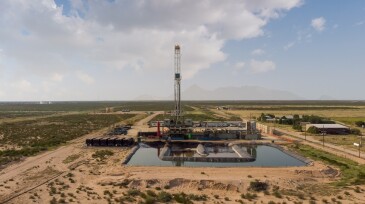
Rob Bruant
Director of Product and Research B3 InsightRob Bruant, SPE, is director of product and research for B3 Insight, a technology firm specializing in collecting, aggregating, analyzing, and disseminating water disposition and fluid injection data. Previously, he served in various roles for BP and Pioneer Natural Resources, including as subsurface manager, reservoir engineer, and petroleum systems analyst. Bruant also held the positions of instructor and research associate in the Department of Civil and Environmental Engineering at Princeton University, focusing on carbon sequestration and groundwater restoration. He holds a BA degree in geosciences from Franklin and Marshall College, a PhD degree in hydrology from the University of Arizona, and an MBA degree from the University of Chicago’s Booth School of Business. Bruant is membership chairperson for SPE’s Carbon Capture, Utilization, and Sequestration (CCUS) Technical Section, vice chairperson for the Texas Water and Energy Institute Advisory Board, and a member of the Produced Water Society board of directors. He is a recipient of SPE’s Outstanding Technical Editor, Regional Service, Regional HSSE, and Section Service awards. Bruant is a licensed professional geoscientist, professional hydrologist, and certified petroleum engineer.


